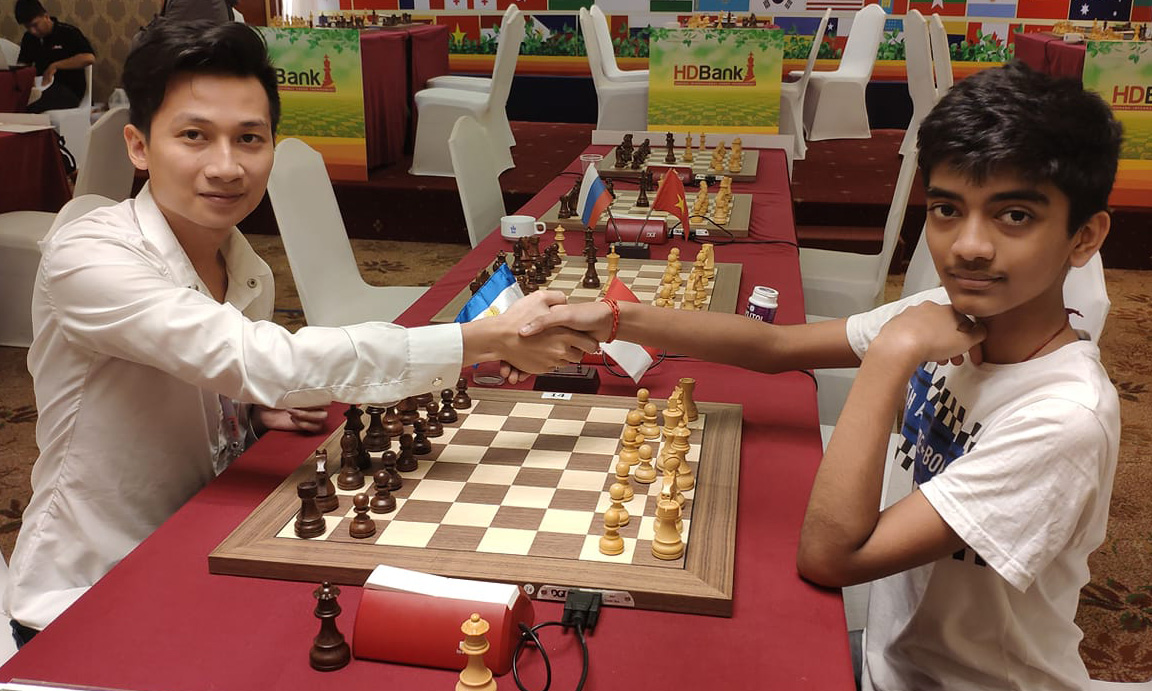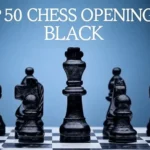When a pawn reaches the farthest rank. it promotes. Promotion is one of chess’s most decisive rules. It transforms a humble pawn into a new, more powerful piece. That change can decide games. It can save games. It can produce surprising tactics.
The rule in plain terms
A pawn that arrives on the opponent’s back rank (the 8th rank for White, the 1st rank for Black) must be exchanged for a queen, rook, bishop, or knight of the same color. The player chooses which piece. The pawn is removed and the chosen piece is placed on that square. The promotion happens as part of the same move.
Notation and typical examples
Promotion is written in algebraic chess notation by adding = and the piece letter after the pawn’s destination. For example:
- e8=Q means a pawn moved to e8 and became a queen.
- exd8=N means a pawn captured on d8 and promoted to a knight.
Promotions can occur by a straight advance or by capture. For example, a pawn on d7 can step to d8 and promote. A pawn on c7 can capture a piece on d8 and become a piece there.
Most common choice. The queen
Because the queen is the most powerful piece, promotion to a queen is by far the most common choice. A new queen increases mobility and attacking potential immediately. It often converts a material advantage into a forced win. In practical play and in online interfaces, many players and websites default to promoting to a queen.
Underpromotion. When you choose something else
Promotion to a rook, bishop, or knight is called underpromotion. Underpromotion is rarer. But it is often the only correct choice in certain positions. For example, in this position. The f7 pawn must be promoted to a knight, to checkmate and avoid losing.
Why underpromote?
- Immediate check or fork by a knight. A promoted knight can deliver a check that a queen or rook would not reach. That check can fork the king and another high-value target. Example idea: a pawn promotes on g8 and g8=N+ might check the king and simultaneously attack a rook on e7.
- Avoiding stalemate. In some endgames, promoting to a queen would stalemate the opponent and produce a draw. Promoting to a rook or bishop may leave the opponent with legal moves and preserve winning chances.
- Specific mating patterns. In study compositions and tactical puzzles, underpromotions create unique mating nets that a queen cannot produce.
- Material and tempo considerations. Sometimes a knight’s unique movement is required. Sometimes promoting to a rook is enough and avoids unnecessary perpetual-check complications from a queen.
Multiple pieces of the same type
Rules allow you to have more than one queen, rook, bishop, or knight on the board. If you already have a queen, you may still promote another pawn to a queen. That newly created queen functions like any other queen.
Timing and legality
Promotion is completed only when the chosen piece is placed on the promotion square. Under FIDE rules, the move is not finished until the promoted piece is on the board. In practical over-the-board play, make sure you replace the pawn with the chosen piece before releasing the piece and pressing the clock.
If you promote and place the wrong piece, or delay replacing the pawn, the arbiter may be called to adjudicate depending on the ruleset and tournament regulations.
Tactical and strategic effects
Promotion changes the material balance drastically. A single passed pawn that promotes is often the decisive factor in the endgame. Players should:
- Advance passed pawns in the endgame with care.
- Use kings actively to escort pawns to promotion squares.
- Be alert for counterplay that can stop or capture the promoting pawn.
A pawn’s potential to promote also restricts the opponent’s pieces. The threat of promotion can force passive defenses, tie down heavy pieces, or create zugzwang.
Common practical tips
- Count moves to promotion. In many pawn races, calculating whether you or the opponent queens first is critical.
- Watch for underpromotion motifs. Before grabbing the queen, check whether a knight or rook promotion wins faster or avoids stalemate.
- In online play, set preferences if you dislike accidental auto-queening. Some interfaces let you choose whether to auto-promote to queen or to ask for confirmation.
- In time trouble, remember that promoting and immediately giving away the new piece is legal. The promotion and subsequent capture happen across one or more moves just like any other sequence.
Famous themes and compositions
Chess literature and studies are full of clever promotion themes. Composers build problems where the only winning idea is an underpromotion. Players encounter practical underpromotions in real games too, often in endgames that require precise geometry rather than brute force.
Quick summary
- A pawn reaching the back rank must be promoted to a queen, rook, bishop, or knight.
- Promotion is part of the same move.
- Queen is the default and most powerful choice.
- Underpromotion to rook, bishop, or knight is sometimes necessary and decisive.
- Promotion can create multiple identical pieces.
- Tactical awareness around promotion often decides endgames.
FAQ: Pawn Promotion in Chess
1. Can a pawn become a king?
No. A pawn can only promote to a queen, rook, bishop, or knight. You can never have two kings on the same side.
2. What if I already have a queen? Can I get another one?
Yes. There’s no limit to how many queens (or any other piece type) you can have. If you promote two or three pawns, all can become queens if you choose.
3. Do I have to promote my pawn?
Yes. Promotion is mandatory once the pawn reaches the last rank. You cannot leave it as a pawn or delay the choice.
4. What happens if I don’t have an extra queen piece during an over-the-board game?
Tournament organizers usually provide spare pieces. If not, you can place a rook upside down as a temporary queen, but it must be clarified to your opponent or the arbiter to avoid confusion.
5. Can I promote and give check at the same time?
Yes. Promotion and check can occur simultaneously if the new piece attacks the king immediately after appearing.
6. Is it possible to promote two pawns on the same turn?
No. Each pawn moves separately. You can only promote one pawn per move.
7. What’s the rarest promotion in chess?
Promotion to a bishop is the rarest, because it rarely offers an advantage over a queen. Knight promotions are uncommon but more practical in tactical situations.
8. What’s a “forced promotion”?
A forced promotion happens when advancing the pawn to the back rank is the only legal move or the only way to win or draw. Even if it seems risky, you must promote because the pawn can’t move any further.
9. What is “underpromotion” in one sentence?
Underpromotion means choosing a rook, bishop, or knight instead of a queen—usually to avoid stalemate or to create a tactical advantage.
10. Can a pawn promote by capturing a piece?
Yes. If a pawn captures a piece on the back rank (for example, c7xd8=Q), the capture and promotion happen in one combined move.

I’m Xuan Binh, the founder of Attacking Chess, and the Deputy Head of Communications at the Vietnam Chess Federation (VCF). My chess.com and lichess rating is above 2300. Send me a challenge or message via Lichess. Follow me on Twitter (X) or Facebook.






